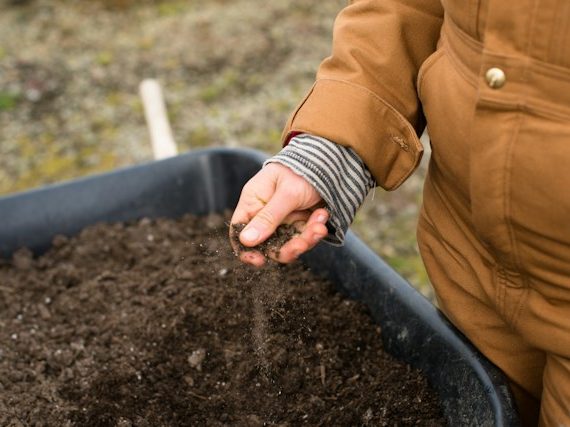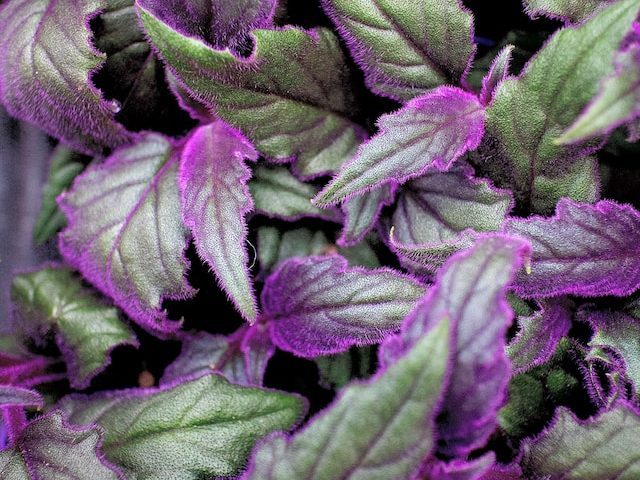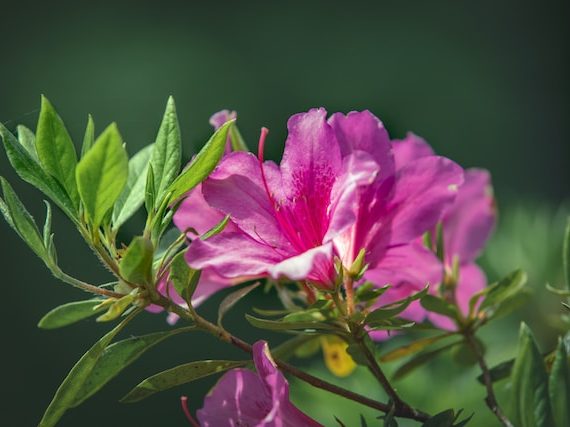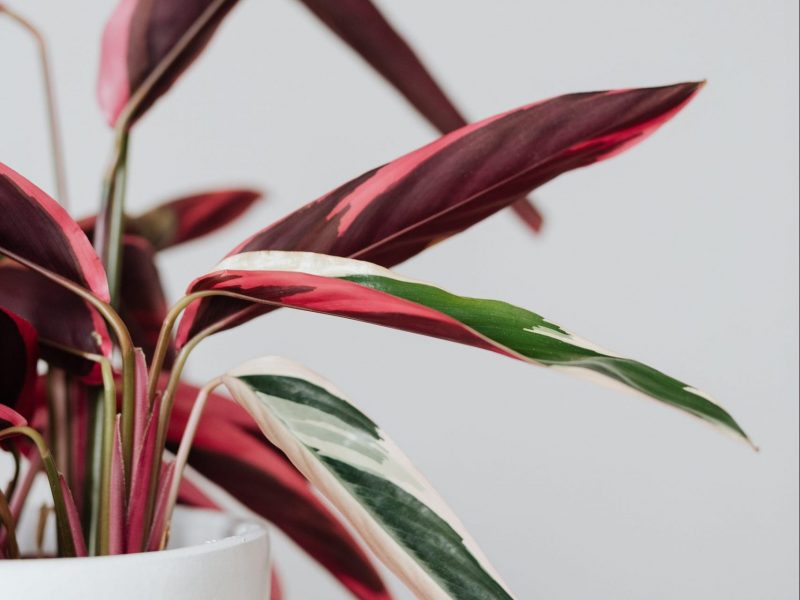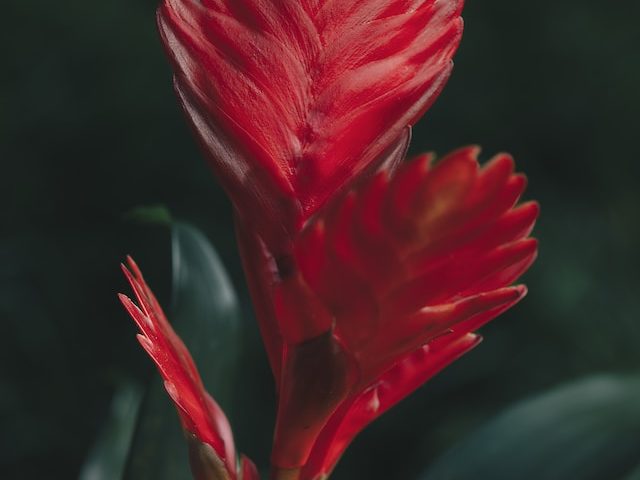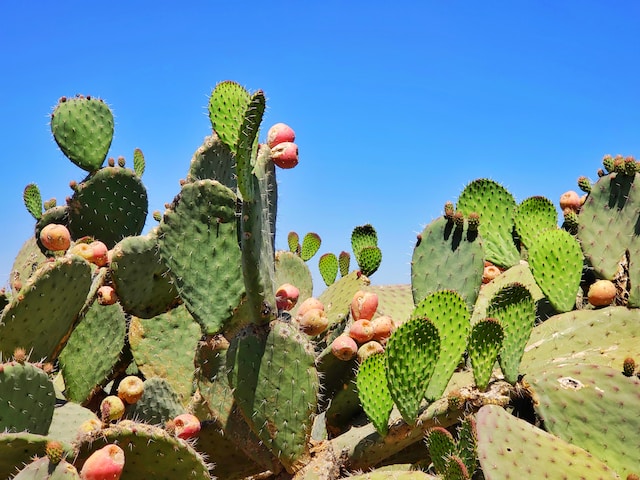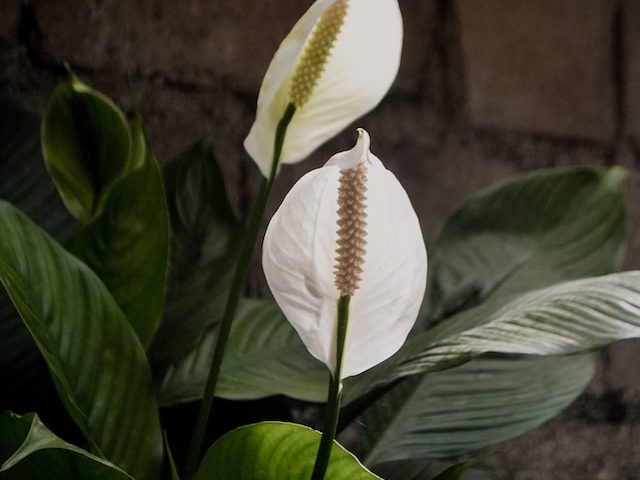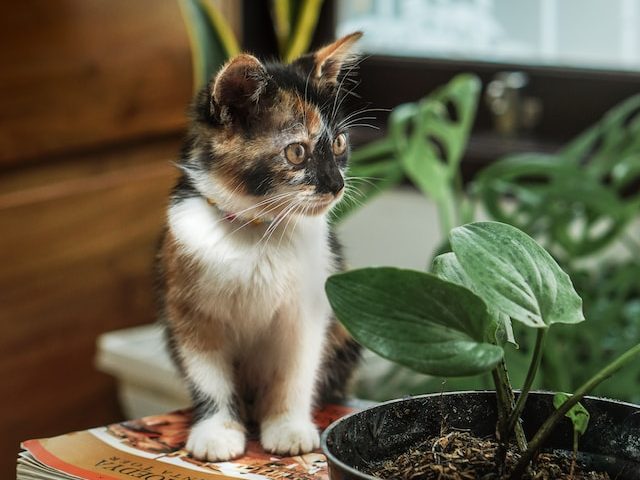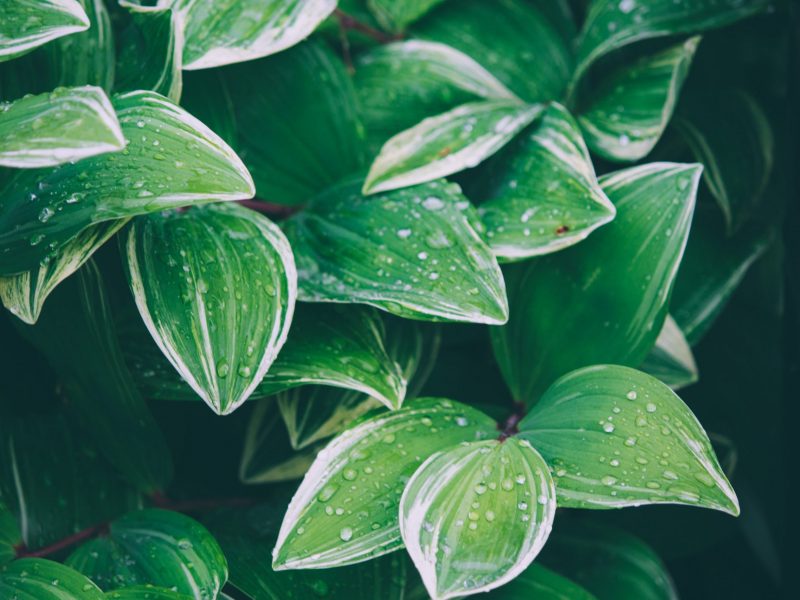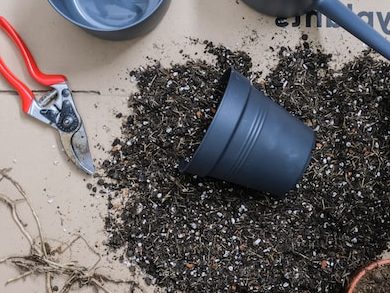African Milk Tree
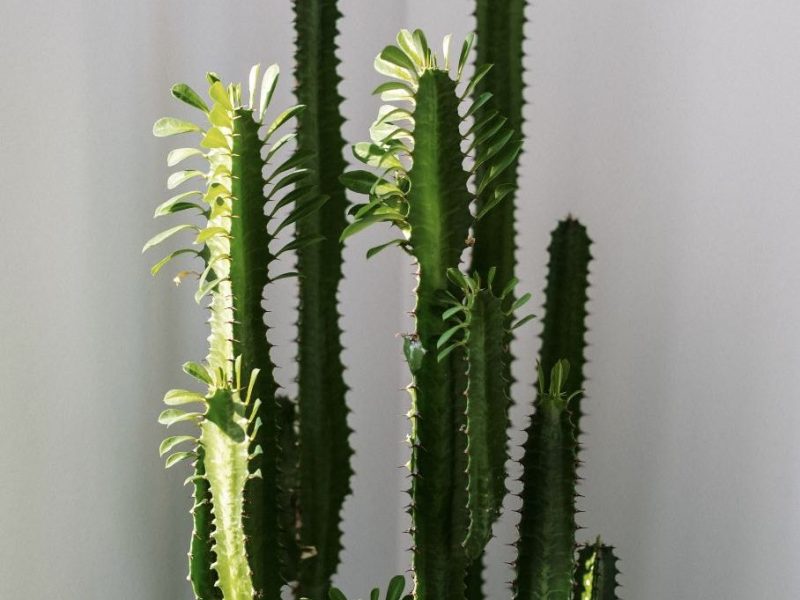
Introduction to the African Milk Tree
This isn’t your everyday cactus as although it may look like one, it’s actually from the succulent family! Originating from the heart of Africa, don’t be fooled by its exotic origins – this plant is adaptable to a wide range of environments.
Also known as Euphorbia trigona, it gets its common name from the milky sap it produces when cut or broken. One of the most important things to know when caring for this plant is that that sap can be irritating to the skin and eyes, so handle with care.
History and origin of the African Milk Tree
Native to Central Africa, despite its misleading name, the African Milk Tree is not a tree at all. It belongs to the succulent family, a group of plants known for their water-storing abilities. Its nickname is derived from the milky sap it produces when cut, a characteristic feature of the Euphorbia genus.
Though it looks like a cactus with its three-sided, spiky structure, this plant isn’t actually prickly which is one of the reasons why its popularity has grown so much (that and its low maintenance needs).
Why the African Milk Tree is a great houseplant
Low Maintenance
The African Milk Tree isn’t fussy. It thrives on neglect and only needs a spritz of water now and then. It’s perfect for beginner and busy plant parents as well as those without a natural green thumb.
Aesthetics
With its towering structure, the African Milk Tree is a head-turner as well as being very unique in appearance.
Long lifespan
These plants are tough as nails! With proper care, they can easily outlive us and thrive for decades. They are also relatively slow growers which means you don’t need to worry about it outgrowing your space any time soon.
Natural Air Purifier
And if its appearance wasn’t enough, it’s also a natural air purifier. It works hard to keep your air fresh and clean, making it a fantastic addition to your living space, particularly home offices or bedrooms.
African Milk Tree appearance and characteristics
This African Milk Tree boasts a columnar shape with a pattern of zigzagging, spindly branches. But what truly sets the African Milk Tree apart is its striking green colouring. It really brings a lush tropical rainforest feel into your space.
Euphorbia trigona, as it’s scientifically known, grows tall – up to 3 meters indoors. Its branches are adorned with petite, oval-shaped leaves, lending to its unique, almost prehistoric appearance.
Laden within this plant, the sap is a key characteristic. It’s extremely toxic and can irritate the skin, so handle with care.
Light requirements for your African Milk Tree
Your African Milk Tree needs a good amount of bright, indirect light to thrive. However, be careful not to subject your leafy friend to too much direct sunlight. This could cause their leaves to sunburn which can turn your plant brown, yellow and crispy.
- East or west-facing windows are typically the best spots in your home for an African Milk Tree. These areas usually provide the perfect mix of bright and indirect sunlight.
- If you don’t have these options, fear not! A south-facing window with some light filtering will do the trick as well.
- While it can sometimes adapt to lower light areas, growth will be slow and you may see some issues arise such as brown leaves. However, an LED grow light can help to supplement this.
Watering your African Milk Tree
Watering your African Milk Tree is all about balance. They have natural water-storing capabilities as they are a succulent but it’s very important that you always let the soil dry out completely between waterings. These beauties are native to dry hot regions, so they’re practically built for drought.
The Perfect Watering Technique
Start by watering your plant slowly, ensuring the water evenly permeates the soil. The aim is a gentle soak, not a flood.
- Tip 1: Avoid getting water on the leaves. This can cause them to start rotting.
- Tip 2: Water early in the day. This allows any accidental leaf moisture to dry out before the cooler, evening temperatures set in.
Change your habits depending on the season
You should reduce watering significantly during the colder months. Due to the colder temperatures, the soil will take longer to dry out and your plant won’t be in an active growth state so will need less moisture. It can be really easy to overwater during winter so be extra vigilant.
Choosing the right soil type for your African Milk Tree
Choosing the right soil type for your African Milk Tree is a crucial step, but don’t fret, it’s simpler than you think.
Euphorbia trigona enjoy a well-draining soil mix as this helps to prevent a build-up of moisture in the soil which can lead to root rot. A popular choice for an African Milk Tree is a blend of cacti and succulent mix with some coarse sand. You can also add perlite or pumice. Here’s a nifty recipe: 3 parts cacti/succulent mix, 2 parts coarse sand and 1 part perlite or pumice.
However, if you’d rather purchase a pre-made mix, that’s just fine too, just try to choose one with perlite in to ensure it drains well.
Aside from the soil mix, proper drainage is also key. Ensure your pot has holes for excess water to escape, and consider layering some pebbles at the bottom for added assurance. Having drainage holes also allows you to bottom water which can help with overall stability of your plant as it encourages the roots to grow downwards, towards the moisture.
Temperature and humidity requirements for an African Milk Tree
Temperature: This plant is a real sun and warmth seeker. Typical indoor temperatures between 15-29°C suit it just fine. But beware, anything below 10°C can be damaging and you may start to see stagnant growth as well as brown leaves or leaf drop occurring.
Humidity: Despite its desert origins, the African Milk Tree doesn’t mind a bit of humidity. Yet, it’s not a must. So, if you live in a dry region, there’s no need to panic. Your plant will still feel right at home. Avoid anything above a 50% humidity though as this can make the leaves turn a little soft.
Fertilizing your African Milk Tree
Begin fertilising in the growing season, typically from early spring to late summer. It’s a good idea to give your plant a break from feeding in the winter when growth naturally slows down. If you do continue to fertilize during autumn and winter it can lead to issues brought on by over-fertilization. This can include leaf loss and yellow foliage.
Use a balanced, water-soluble houseplant fertilizer at half the recommended strength. Why half-strength? It’s also to avoid over-fertilising, which can lead to damaged new growth and potentially damage the roots. It’s impossible for there to be a one-fits-all fertilizer amount that is ideal for every houseplant so it’s best to be cautious.
- Feeding Frequency: Fertilise your African Milk Tree once every two to four weeks during the growing season.
- Fertiliser Type: A balanced, water-soluble houseplant fertiliser (try for a 10-10-10 NPK ratio, if possible).
- Strength: Half the recommended amount mentioned on the fertiliser package.
- Water your plant before: Always water your plant thoroughly before fertilising, and never apply fertiliser to dry soil. This ensures that the roots don’t get a too-strong dose and become damaged.
Pruning and shaping your African Milk Tree
Why prune your African Milk Tree: Not only can pruning help to remove dying or dead growth but it can also help you to achieve the desired look and shape fo your plant.
When to prune: The best time to get snipping is in the spring, when your plant is in its active growth period. It’s also okay to prune throughout the summer if necessary, but avoid pruning in the winter when the plant is dormant.
How to prune: Use a sharp, sterilised knife or pair of scissors and make clean cuts to avoid causing unnecessary damage. You’re aiming to remove any overcrowded branches and allow the plant more room to grow.
Note: Always be careful when pruning your African Milk Tree as its sap can be irritating to the skin and eyes. It’s a good idea to wear gloves and protect your eyes during the process.
Tips for Shaping your African Milk Tree
- Rotate the tree: This simple trick can help your tree grow evenly. By rotating the plant every few weeks, you ensure all sides get equal exposure to light.
- Prop up drooping branches: Use stakes to support heavier branches. This prevents them from drooping and promotes vertical growth.
- Keep it balanced: When pruning, try to maintain a symmetrical shape to keep your plant looking its best and growing evenly.
How to propagate your African Milk Tree
The first step in our propagation party is taking a careful cutting. Using a clean, sharp knife, cut a piece off the mother plant. Remember, the larger the piece, the bigger the chance of successful rooting. Just be cautious – the sap is a bit of an irritant, so try to avoid contact with skin and eyes.
Once you’ve got your cutting, it’s time for a little patience. Let the cut end dry out for a few days. This step, called ‘callusing’, helps to prevent rot when the cutting is planted.
Now, for the fun bit! Once your cutting has callused, plant it in a pot with well-draining soil. Bury the cut end about 2.5 cm deep to aid stability.
And now, we wait. Keep the soil lightly moist and place the pot in a well-lit area (but not in direct sunlight). In a few weeks, roots will begin to form, and your cutting will start its journey to becoming a fully-fledged African Milk Tree.
African Milk Tree potting and repotting tips
Choosing the Right Pot
Size matters – at least when it comes to pots for your African Milk Tree! The pot should be shallow and wide, large enough to accommodate the plant’s extensive root system. You don’t want to choose a pot that’s a lot larger than the previous one though as this can not only lead to root rot (as the soil will absorb a lot more water) but it can also lead to stability issues with such a tall plant.
Timing
Typically, repotting every 2-3 years will keep your plant happy but look out for signs of a rootbound plant that may indicate you need to do it sooner. These include roots growing out of the drainage holes or out of the top of the pot.
Choose the Right Potting Mix
When it comes to potting mix, think ‘light and airy’. Something along the lines of a cactus or succulent mix should do the trick. Remember, drainage is key – waterlogged roots can lead to a very unhappy plant.
Repotting Step-by-Step Guide
- Remove the plant gently from its current pot.
- Inspect the roots – trim back any that are damaged or excessively long.
- Place the plant in the new pot and gently fill with potting mix.
- Water lightly and place the pot in an area with bright, indirect light.
Flowers on an African Milk Tree
In the right conditions, they indeed produce flowers, but it’s a rare and special occasion. However, just because your plant isn’t growing any flowers doesn’t mean that the care or conditions aren’t right. It can be so unpredictable so don’t expect it to happen. As for when during the year African Milk Trees flower, there’s no set schedule. Flowering usually happens in the warmer months.
What Do African Milk Tree Flowers Look Like?
These flowers are usually small, star-shaped, and come in shades of white or yellow. They give off a subtle yet enchanting fragrance that’s hard to miss. But remember, these elusive beauties are rare and fleeting so don’t get your hopes up.
Making Your Milk Tree Bloom
Want to see your African Milk Tree bloom? The key is patience and proper care. Provide it with plenty of sunlight, but be careful not to expose it to harsh midday sun. Keep the soil well-drained and allow it to dry out between waterings. A happy, healthy Milk Tree might just reward you with a bloom.
Are African Milk Trees toxic to pets and humans?
The African Milk Tree, also known as Euphorbia trigona, is indeed toxic to both humans and pets. Its milky sap contains latex, which can cause skin irritation and allergic reactions.
The danger escalates when ingested. For our furry little pals, this can result in vomiting, diarrhea, and in severe cases, tremors and seizures. In humans, symptoms might include nausea, vomiting, and diarrhoea. Therefore, it’s a wise move to position your plant out of reach of children and pets.
Top Tip: If you, your child, or your pet comes into contact with the sap, rinse the area with water immediately and seek medical attention if symptoms persist.
Can an African Milk Tree be grown indoors?
Absolutely! The African Milk Tree is a great addition to your indoor jungle and will thrive indoors as long as it gets ample light and warmth.
How tall can African Milk Tree grow?
With the right care and environment, an African Milk Tree can grow up to 3 meters (10 feet) indoors.
Common pests and diseases that affect African Milk Trees
When it comes to African Milk Trees, they’re generally quite hardy. However, like any plant, they’re not completely immune from a few pesky critters and diseases. The number one thing to do is isolate any plant that is showing signs of a pest infestation to prevent it from spreading to your other plants.
Mealybugs
Mealybugs, those tiny, cotton-like pests, have a real fondness for African Milk Trees. They suck sap from the plant, leading to yellowing leaves and stunted growth. But worry not, a good wipe with a cloth dipped in alcohol usually sends them packing. Neem oil can also work really well here.
Spider Mites
They also love a good sip of sap, causing similar problems to mealybugs. Keep your plant’s leaves dust-free to deter these little nuisances, or apply a insecticide if required.
Root Rot
Overwatering is the prime suspect for root rot. Your plant’s roots can become mushy, leading to stunted growth and yellowing leaves. The solution? Keep a careful watering schedule and ensure proper drainage.
Powdery Mildew
Powdery Mildew can be a bit of a problem too, causing a white, powdery substance to appear on leaves. To keep your African Milk Tree happy, keep humidity levels moderate and air circulating well.
Leaf Spot
Leaf Spot causes unsightly brown or black spots on the leaves. It’s often a sign of too much moisture, so adjust your watering schedule accordingly and keep those leaves dry.
Common Problems with an African Milk Tree
Why are the leaves on my African Milk Tree dying?
It is totally normal for your African Milk Tree’s leaves to fall off, it’s simply the natural process of the plant ageing. They will regrow quickly so don’t worry!
Why is my African Milk Tree brown and soft?
If the stems of your African Milk Tree are soft and brown then this indicates that your plant has been overwatered. Replace the potting mix if waterlogged and cut back on how much you water your plant moving forward.
Why is my African Milk Tree dry?
If the stems on your African Milk Tree have become dry and crispy then your plant may be receiving too much direct sunlight or not enough water.
Why is my African Milk Tree drooping?
If your African Milk Tree has started to look quite droopy, then there might be an issue with watering. Drooping leaves indicate your African Milk Tree is either being overwatered or underwatered. Check how much moisture is in the soil and inspect the roots to see if they are mushy or crispy.
Once you have figured out if too much or too little water has caused your African Milk Tree to droop down, adjust your watering schedule moving forward and make sure to check how much moisture is in the potting mix before you water.
Why does my African Milk Tree have curling leaves?
It’s not that common for African Milk Trees to develop curling leaves, but it does indicate either a lack of water or too much sunlight. Monitor the environment your African Milk Tree is in, and check the potting mix to see if the roots look healthy and this should help you establish the cause of the curling leaves.
If watering is the issue, increasing how much water you give your African Milk Tree each time should reduce the occurrence of curling leaves. If sunlight is the issue, move your African Milk Tree to a slightly shadier spot during summer.



